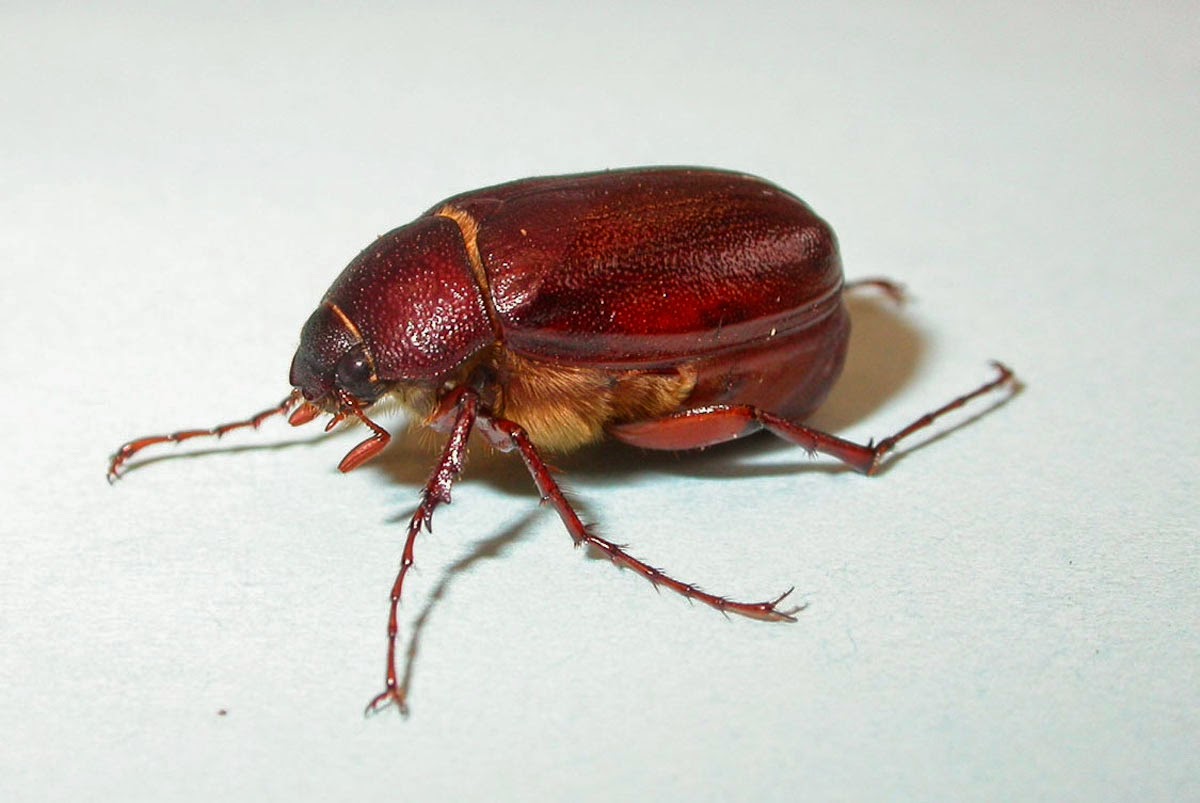Garlic mustard is easily distinguished from all other woodland mustard plants by its characteristic odor of garlic and the tall flower stalks covered with numerous small white flowers in May. The alternate, coarsely toothed, broadly triangular stem leaves with a distinct petiole are also characteristic. The garlic odor gradually dissipates by autumn, and garlic mustard rosettes may then be mistaken for violets (Viola spp.) or immature white avens (Geum canadense).
For centuries Europeans have used garlic mustard for a great variety of dietary and medicinal purposes. It is rich in vitamins A and C and makes a spicy addition to salads or cooked dishes. It is thought that the plant was introduced to the United States by immigrants in the 1860s and was first recorded in Long Island, New York.
An average garlic mustard plant will produce 22 siliques, each of which can contain as many as 28 seeds. Studies have shown that a particularly vigorous plant may produce as many as 7,900 seeds although the average is more likely to be in the 600 seed range. The seeds generally germinate within one to two years, but may remain viable for up to five years in the seed bank. Seed dispersal is mainly by humans or wildlife carrying the seeds.
Garlic mustard exudes antifungal chemicals into the soil that disrupt associations between mycorrhizal fungi and native plants, suppressing native plant growth. Because of this. garlic mustard has aggressively invaded numerous forested natural areas and is capable of dominating the ground layer. It is a severe threat to many natural areas where it occurs because of its ability to grow to the exclusion of other herbaceous species.
 |
| Garlic mustard flower André Künzelmann/UFZ |
 |
| Garlic mustard seedlings DePauw University |
 |
| Garlic Mustard Seed - Chris Evans |
Here is a link to a short video covering all aspects of this plant in greater detail Garlic Mustard video
Because this plant is so difficult to eradicate once it is established, familiarize yourself with the flower, the plant and the habitat where it grows to find infestations early. Monitor sites regularly to remove plants prior to seed set.
Additional Information
Garlic Mustard Video
Herbaceous Forbs - Garlic Mustard - Plant Conservation Alliance
Invasive species harms hardwoods by killing soil fungus - Harvard University
Zuwanderer unterdrücken das Wachsen einheimischer Baumarten - Helmholtz-Zentrum für Umweltforschung - UFZ
Garlic Mustard - New York Invasive Species Information















